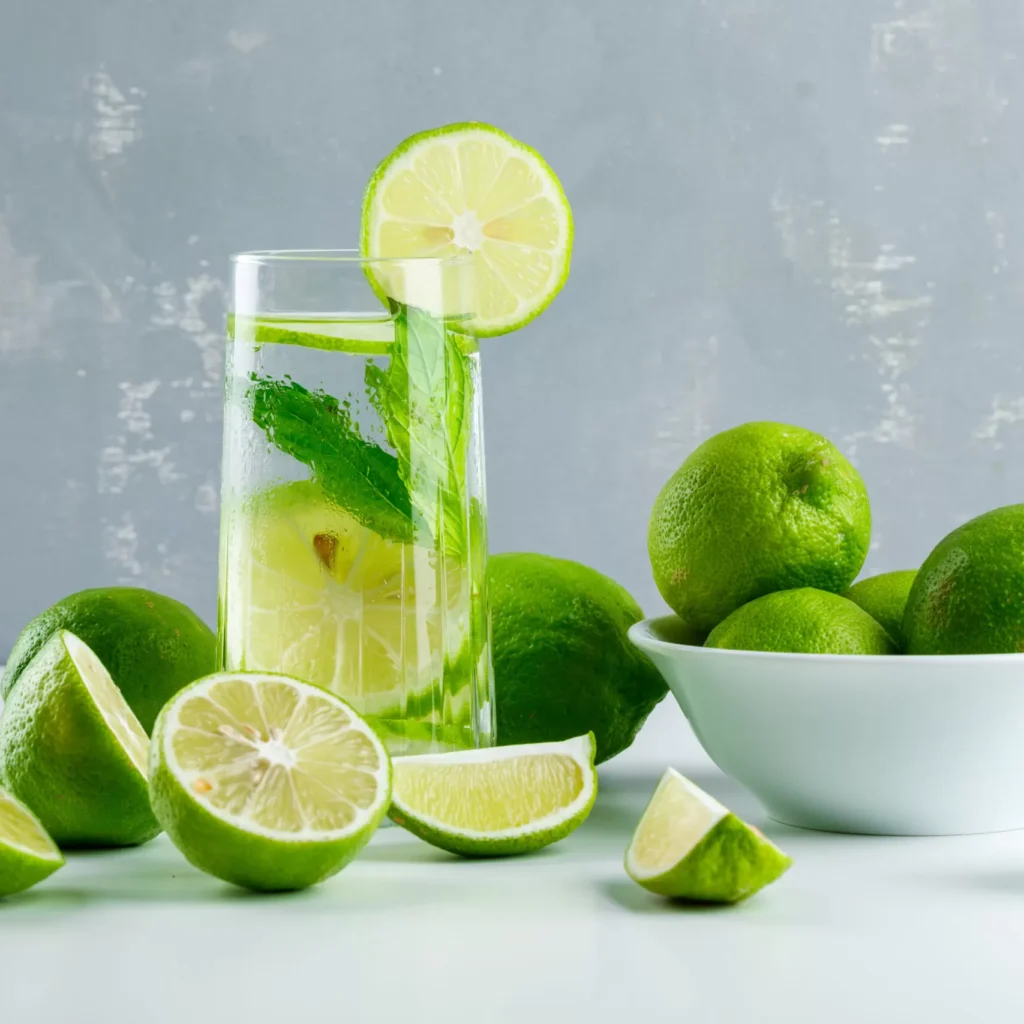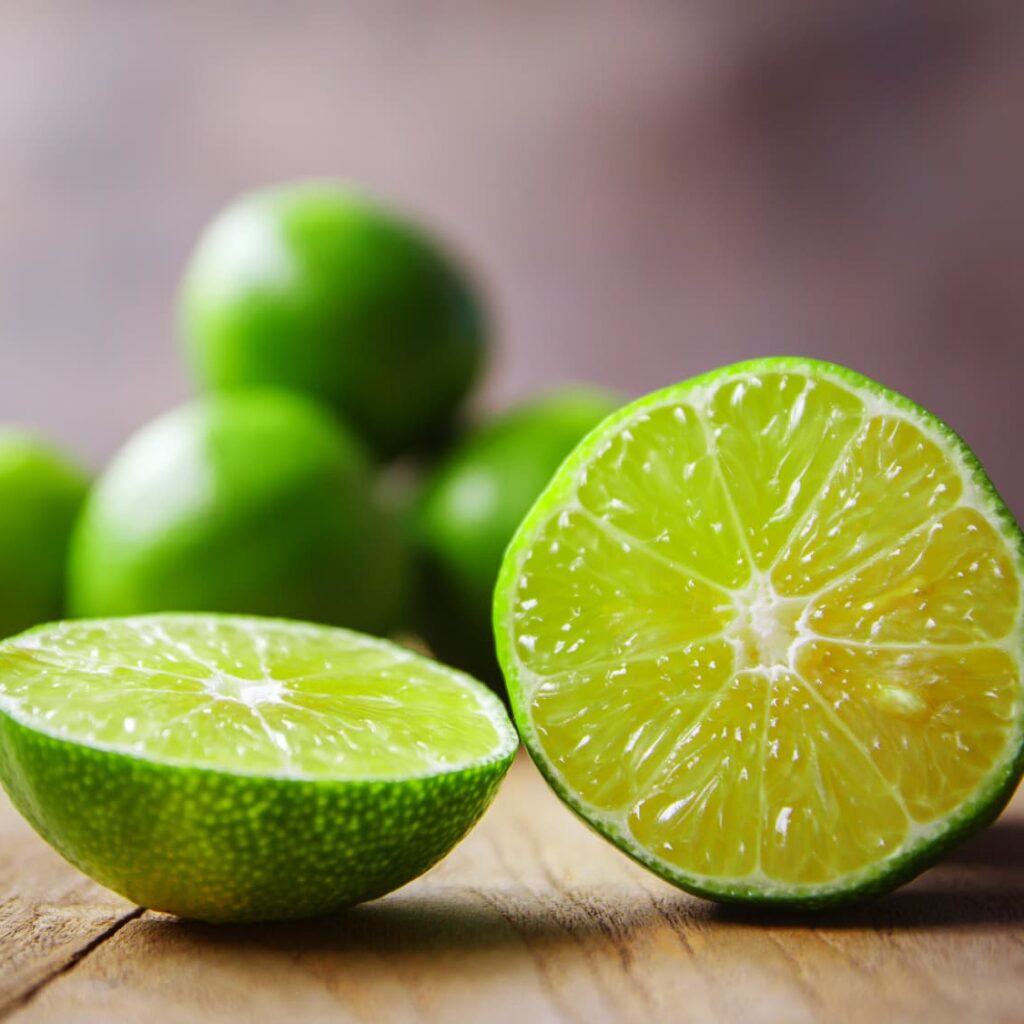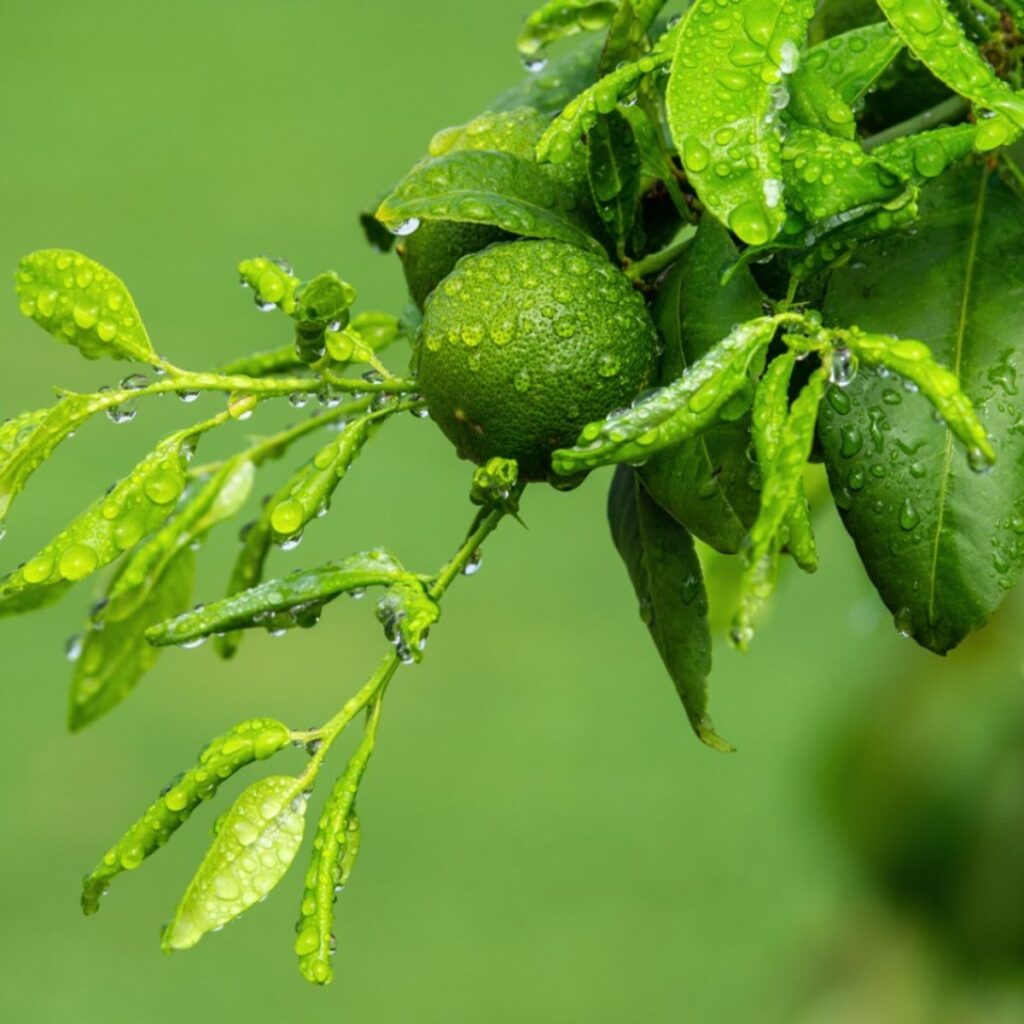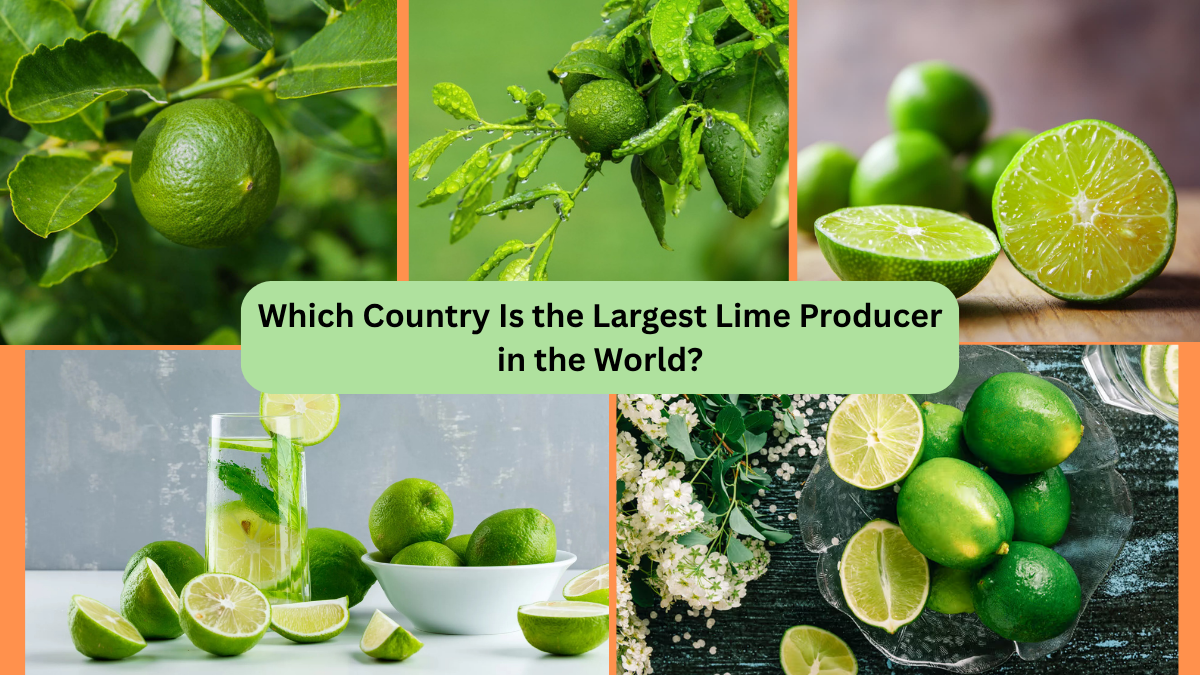Introduction: The Global Fascination with Limes
Limes — those small, round, and zesty citrus fruits — have a reputation for adding bold flavor, refreshing aroma, and bright acidity to countless recipes around the world. Whether it’s squeezed into a glass of cool water, mixed into marinades, or zested over desserts, limes have found their way into nearly every cuisine and culture. But beyond the kitchen, limes are also valued for their medicinal properties, cleaning uses, and rich nutritional benefits, particularly as an excellent source of vitamin C, antioxidants, and essential minerals.
As global consumption continues to rise, lime production has become a booming agricultural industry. While many nations grow this citrus staple, only a few have established themselves as major global suppliers. So, which country is the largest lime producer in the world? In this article, we’ll explore the answer, examine the global lime market, and discover the nations driving this green citrus boom.
What Are Limes?

Limes belong to the Citrus genus and are closely related to other citrus fruits like lemons, oranges, and grapefruits. Most limes are small, round, and bright green, though some varieties can turn yellow as they ripen. Known for their tangy, slightly sour flavor, limes are a staple in tropical and subtropical regions.
Major Lime Varieties:
- Key Lime (Mexican Lime): Small, tart, and aromatic.
- Persian Lime (Tahiti Lime): Larger, seedless, and less acidic.
- Kaffir Lime: Known for its aromatic leaves used in Southeast Asian cuisine.
- Desi Lime: Common in India and South Asia.
Limes are used in drinks, dishes, desserts, and as natural remedies — and are especially valued for their ability to prevent scurvy, a disease caused by vitamin C deficiency, historically plaguing sailors on long voyages.
Global Lime Production: A Growing Industry
Lime production thrives in warm, sunny climates with moderate rainfall, making tropical and subtropical countries ideal for large-scale cultivation. The global lime and lemon market combined produces over 20 million metric tons annually, with demand steadily increasing due to health trends, culinary popularity, and the rise of natural wellness products.
A handful of countries, notably in Latin America, South Asia, and the Mediterranean, dominate lime production and export, with one country consistently claiming the global crown.
Mexico: The Undisputed Leader in Lime Production

Mexico is the largest lime producer in the world, consistently leading global lime production by a significant margin. The country’s ideal climate, rich soil, and agricultural traditions make it the perfect place for cultivating high-quality limes for both domestic use and international markets.
Why Mexico Leads:
- Perfect Climate: Warm, sunny days paired with moderate rainfall create optimal growing conditions in states like Veracruz, Michoacán, and Colima.
- Year-Round Harvest: Thanks to staggered planting and regional climate differences, Mexico enjoys multiple lime harvest seasons throughout the year.
- Variety Diversity: Mexico produces several varieties of limes, including Key Limes (Mexican Limes) and Persian Limes, both prized for their distinct flavors and uses.
- Export Powerhouse: Mexico exports enormous quantities of limes, primarily to the United States, Canada, Europe, and Japan, making it the world’s top supplier of fresh limes.
Production Numbers:
Mexico produces millions of metric tons of limes annually, accounting for nearly 20–25% of global lime production. Its robust agricultural infrastructure, combined with strong export relationships, has solidified its position as the lime capital of the world.
India: A Giant in South Asia
India ranks as one of the top lime producers globally, supplying both domestic and regional markets with large quantities of limes.
Key Growing Regions:
- Andhra Pradesh, Maharashtra, Tamil Nadu, Gujarat, and Karnataka lead lime cultivation in India, benefiting from tropical and subtropical climates.
Indian Lime Varieties:
India grows the Desi Lime — a small, green, and highly acidic fruit — widely used in traditional Indian cuisine, pickles, beverages, and Ayurvedic remedies.
Market Strength:
- High Domestic Demand: With lemons and limes playing a central role in Indian cooking and medicine, most of India’s lime production is consumed locally.
- Regional Export: India also exports to Middle Eastern and Southeast Asian markets.
India’s vast farmlands and year-round growing conditions make it a reliable contributor to the global lime market.
Argentina: A South American Citrus Leader

Argentina is a major citrus producer, with limes and lemons being essential crops in the country’s agricultural economy.
Growing Conditions:
The northwestern provinces of Tucumán, Salta, and Jujuy offer fertile soils and temperate climates ideal for citrus cultivation.
Key Industry Features:
- Export-Focused: Argentina produces significant quantities of limes for both fresh consumption and processing.
- European Market Access: Its proximity to European and Middle Eastern markets has made Argentina a leading supplier of citrus products.
Argentina’s lime industry benefits from advanced farming techniques, sustainable practices, and a strong emphasis on high-quality produce.
Egypt: A Rising Citrus Exporter
Egypt has rapidly expanded its lime production in recent years, capitalizing on its fertile Nile Delta and favorable climate.
Strengths:
- Year-Round Sunshine: Allows multiple harvests annually.
- Strategic Location: Egypt’s geographic position enables easy export to Europe, Africa, and the Middle East.
- Growing Demand: Egyptian limes are increasingly sought after for their quality, affordability, and flavor.
Egypt continues to modernize its citrus farms, adopting eco-friendly and high-yield farming practices to boost production.
Spain: Europe’s Lime and Lemon Powerhouse

While Spain is more famous for its lemon production, it also plays a growing role in Europe’s lime market.
Notable Aspects:
- Mediterranean Climate: The regions of Murcia, Valencia, and Andalusia are ideal for citrus cultivation.
- High-Quality Produce: Spanish farmers focus on premium-quality limes for both domestic and export markets.
- Sustainable Farming: Spain has emphasized eco-friendly, organic farming practices, meeting the increasing demand for chemical-free produce.
Spain’s strategic location and proximity to key European markets make it a crucial lime supplier on the continent.
The Global Lime Market: Demand on the Rise
Global lime production has grown steadily over the past decade, driven by rising demand in food, beverages, health, and cosmetics.
Key Trends:
- Health & Wellness: Limes are increasingly valued for their vitamin C, antioxidants, and detoxifying properties.
- Beverage Industry Growth: Popularity of cocktails like mojitos, margaritas, and gin and tonics has driven lime consumption in restaurants and bars worldwide.
- Processed Products: Limes are used in essential oils, cleaning agents, cosmetics, and medicinal products.
- Export Expansion: Countries like Mexico, Argentina, and Egypt continue to strengthen their presence in international markets.
Conclusion: Mexico’s Reign as the Global Lime Leader

To conclude, Mexico stands as the largest lime producer in the world, producing millions of metric tons annually and supplying a significant portion of the international lime market. Its combination of ideal growing conditions, year-round harvests, variety diversity, and strong export infrastructure ensures its leading position in the global citrus industry.
Countries like India, Argentina, Egypt, and Spain also play essential roles in the lime trade, catering to both domestic and international markets. As global demand for limes continues to rise, driven by culinary, health, and wellness trends, these nations are poised to expand production and strengthen their influence in the citrus world.
The future of the lime market looks bright and zesty — with Mexico firmly at the helm.
Would you like me to create a meta description, SEO title suggestion, or catchy social media caption for this article too?





